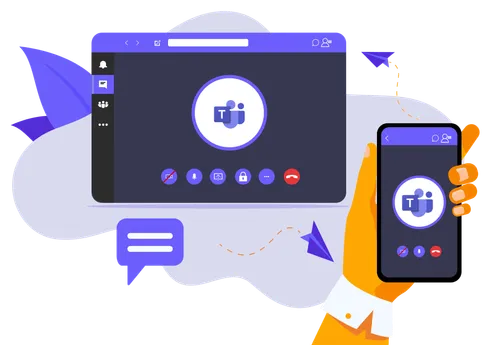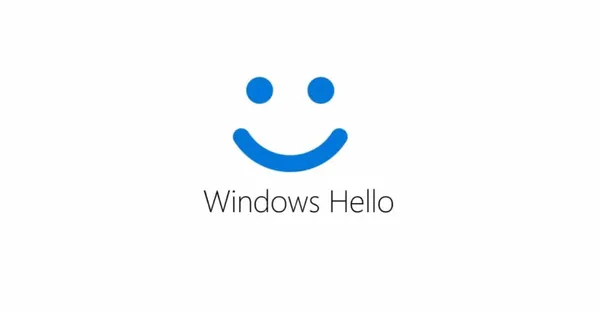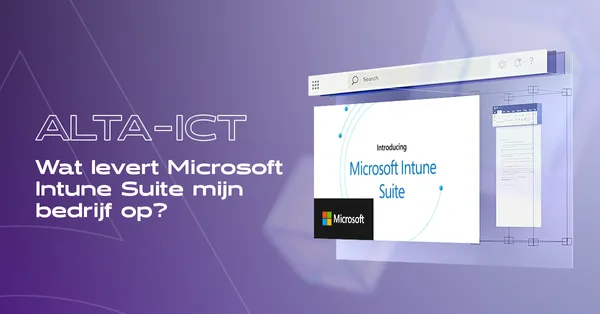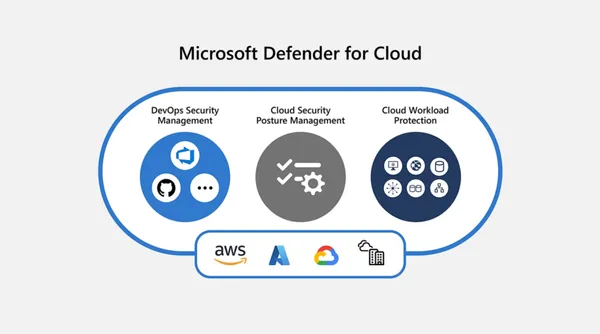
Knowledge base
December 23, 2022
4 Recommended procedures for a Microsoft Teams phone migration
In the new era of Work from Anywhere, migrating to a cloud-based phone system like Microsoft Teams Phone provides the flexibility, scalability and functionality you need to support a modern business environment without heavy infrastructure investments. But telephony Microsoft Teams phone migration is not turnkey for companies with global footprints that extend beyond Microsoft’s coverage area – and several key considerations are essential to ensure a smooth experience when an external telecom vendor is required.
As organizations adopt flexible work models, the need for 24/7 mobility is growing and cutting the cord with the traditional concept of a fixed phone on a fixed desk in a fixed office.
Microsoft’s cloud-based voice calling capabilities ensure that communications run smoothly no matter where employees are located, giving remote workers access to a fully featured phone system and ensuring that customers receive a consistent calling experience. Calls can be answered from multiple devices, including computers, mobile devices and desk phones with Teams. Call can be answered.
As an add-on to Microsoft 365, Teams Phone also helps businesses keep external and internal communication activities such as chat, messaging, video calls, phone calls and collaboration in one place, increasing efficiency, tracking and productivity. It integrates seamlessly with other Microsoft 365 products such as SharePoint and Outlook, allowing users to quickly access content without leaving the interface.
Microsoft reports that more than 80 million active Teams Phone users place more than a billion calls each month. More than 90% of the Fortune 500 have used teams phone capabilities.
Such high demand is underscored by the rapid growth of the overall global market for cloud telephony services, which is expected to grow nearly 17% this year to $20.7 billion.
But if you jump into a cloud-based phone system without taking the time to understand the complexities of global implementation, you’ll run into trouble. Microsoft calling plans do not cover all regions – and finding the right third-party provider to fill the gaps can be challenging.
Here are 4 smart tips for global enterprises considering adding phone services to their Microsoft Teams phone migration:
How to prepare for a smooth Microsoft Teams Phone migration with third-party vendors
1. Assess your global needs and services
Ensuring a smooth transition from an outdated phone system to Teams Phone requires a clear understanding of your global needs.
Profile your users and dig into the details of existing locations and services so they can be assigned to your new solution. Make sure you also consider regional details, such as regulatory measures you must comply with in each location.
2. Determine if Microsoft offers service at all your locations
Microsoft currently offers calling subscriptions in about 30 countries. For companies with offices in countries that can use some Teams Phone services but cannot obtain Microsoft phone numbers, Microsoft relies on third-party partners such as AT&T, Verizon, BICS, Intrado and more that can integrate their services with Teams Phone.
Here’s where it gets complicated: Microsoft’s list of suggested providers does not assess or detail coverage. Too many companies get a nasty surprise when they realize halfway through implementation that the provider they chose does not offer high-quality telecom services or any service for one or more of their locations.
Multiple providers may need to create a comprehensive cloud-based phone solution. With so many choices and complexities, many organizations rely on IT service partners to help select a third-party solution that meets their global requirements and offers experience with career opportunities and strengths in different markets.
3. Consider whether to keep or replace current business phone numbers.
Retaining existing phone numbers is usually a major concern for companies considering adding phone services to their Microsoft Teams migration.
After all, many companies have invested heavily in linking their existing number to their brand identity and/or splashing it across business cards, billboards and more. Many also worry that changing numbers will cause customer turnover.
Fortunately, Microsoft Teams Phone migration allows you to add existing direct-dial business numbers to the cloud, with number porting allowed from local providers in most major markets. This can be your main voice line, local voice lines, fax numbers, wireless numbers and toll-free voice lines.
In some cases, however, it makes sense to obtain new numbers – corporate divestitures, for example, may require brand new phone numbers. New numbers are available through the Microsoft platform for countries within coverage areas.
Microsoft’s third-party telecom partners may provide numbers for other countries or regions. They can also support businesses that require specific phone numbers or area codes not available through Microsoft.
4. Check providers and obtain documentation for phone numbers you plan to keep
Few companies realize the complexity that can come with moving existing numbers to a new phone system. Few companies realize the complexity that can come with moving existing numbers to a new phone system.
To make the process easier, start by making a master list of all the numbers you plan to transfer – and verify the provider for each number. Unfortunately, elapsed time and acquisitions in the telecom industry often make verification more challenging and time-consuming than it sounds.
You need to gather information and approval from the phone company that owns your numbers to keep them in your new solution. Delays and repeated communications are most likely inevitable, so it is wise to start as soon as possible.
If necessary, you can assign users temporary numbers in your new phone environment so they can communicate until their permanent number is ported. Be sure to update your master list with new providers for your numbers once they are transferred to the new system.
Not surprisingly, many organizations are once again turning to IT service partners to make this cumbersome process run smoothly. After analyzing each case – which may include a single phone number or range of numbers – your partner will review the laws, terms and requirements of each country and its telecom providers for porting numbers. They can also help navigate waiting times, which can be three months or longer in some countries.
Modernize your communications infrastructure with the right IT partner
Modernizing your communications infrastructure sounds like good business sense. But while adding phone services to your Microsoft Teams migration can bring many benefits to globally dispersed employees, companies that don’t look before jumping into the cloud may fall short.
Working with an exceptional IT services partner can help ensure a successful transition to cloud-based telephony, with deep experience in creating and executing end-to-end Microsoft Teams migration strategies for a wealth of global enterprises.
Source: auxis
Want to know more?

Related
blogs
Tech Updates: Microsoft 365, Azure, Cybersecurity & AI – Weekly in Your Mailbox.









